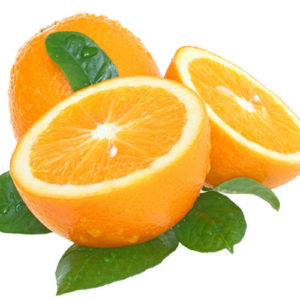Contents
Uses
Bitter orange, both taken by mouth and applied to the skin, has many uses. But so far, science has shown only that the oil, when applied to the skin, might be effective for treatment of fungal skin infections (ringworm, jock itch, and athlete’s foot).
Bitter orange peel is also used to improve appetite, and, in surprising contrast, it is also used for weight loss. Other uses for the fruit and peel are upset stomach, nasal congestion, and chronic fatigue syndrome (CFS).
The bitter orange flower and bitter orange oil are used for gastrointestinal (GI) disorders including ulcers in the intestine, constipation, diarrhea, blood in feces, drooping (prolapsed) anus or rectum, and intestinal gas. These parts of the bitter orange plant are also used for regulating fat levels in the blood, lowering blood sugar in people with diabetes, stimulating the heart and circulation, “blood purification,” disorders of liver and gallbladder, kidney and bladder diseases, and as a sedative for sleep disorders.
Some people use bitter orange flower and its oil for general feebleness, “tired blood” (anemia), impurities of the skin, hair loss, cancer, frostbite, and as a tonic.
Bitter orange peel is applied to the skin for swelling (inflammation) of the eyelid and its lining, as well as the retina in the eye. It is also used for bleeding from the retina, exhaustion accompanying colds, headaches, nerve pain, muscular pain, joint pain, bruises, swelling of the veins (phlebitis), and bed sores.
In aromatherapy, the essential oil of bitter orange is applied to the skin and also inhaled as a painkiller.
In foods, bitter orange oil is used as a flavoring agent. The fruit is used for making marmalades and liqueurs such as Triple Sec, Grand Marnier, Cointreau, and Curacao. Because the fruit is so sour and bitter, it is rarely eaten, except in Iran and Mexico. The dried peel of the fruit is also used as a seasoning.
Benefits
Bitter orange is also employed in herbal medicine as a stimulant and appetite suppressant, due to its active ingredient, synephrine. Bitter orange supplements have been linked to a number of serious side effects and deaths, and consumer groups advocate that people avoid using the fruit medically.
Cautions
It is safe in the small amounts found in foods. However, it is not safe when used in high doses.
Bitter orange, which contains synephrine and N-methyltyramine, can cause hypertension and cardiovascular toxicity.
Frequent contact with bitter orange peel or oil can also cause adverse skin reactions, which include sensitivity to the sun, blisters, pigment spots, and others.
Large amounts of bitter peel ingested by children can cause intestinal colic, convulsions, and even result in death so caution is advised.
Other Names
Aurantii Fructus, Aurantii fructus immaturus, Aurantii pericarpium, Aurantium, Bigarade, Bitter Orange Flower, Bitter Orange Peel, Chao Zhi Ke, Chisil, Citrus amara, Citrus aurantium, Citrus Aurantium Fruit, Citrus bigarradia, Citrus vulgaris, Extrait de Zeste d’Orange, Fleur d’Orange Amère, Flos Citri Auranti, Fructus Aurantii, Fructus Aurantii Immaturus, Green Orange, Kijitsu, Methyl-Synephrine, Methyl-Synephrine HCl, Méthyl-Synéphrine HCl, Methyl Synephrine, N-Methyltyramine, Naranja Amarga, Neroli Oil, Norsynephrine, Octopamine, Octopamine HCl, Orange Amère, Orange de Séville, Orange Peel Extract, Orange Verte, Seville Orange, Shangzhou Zhiqiao, Sour Orange, Synephrine, Synéphrine, Synephrine HCl, Synéphrine HCl, Synephrine Hydrochloride, Zeste d’Orange Amère, Zhi Ke, Zhi Qiao, Zhi Shi
References
Source: WebMD, http://www.webmd.com/vitamins-supplements/ingredientmono-976-bitter%20orange.aspx?activeingredientid=976
Herbal Supplement Resource, https://www.herbal-supplement-resource.com/bitter-orange.html
Wikipedia, https://en.wikipedia.org/wiki/Bitter_orange
Image source: https://pureoilsinternational.files.wordpress.com

